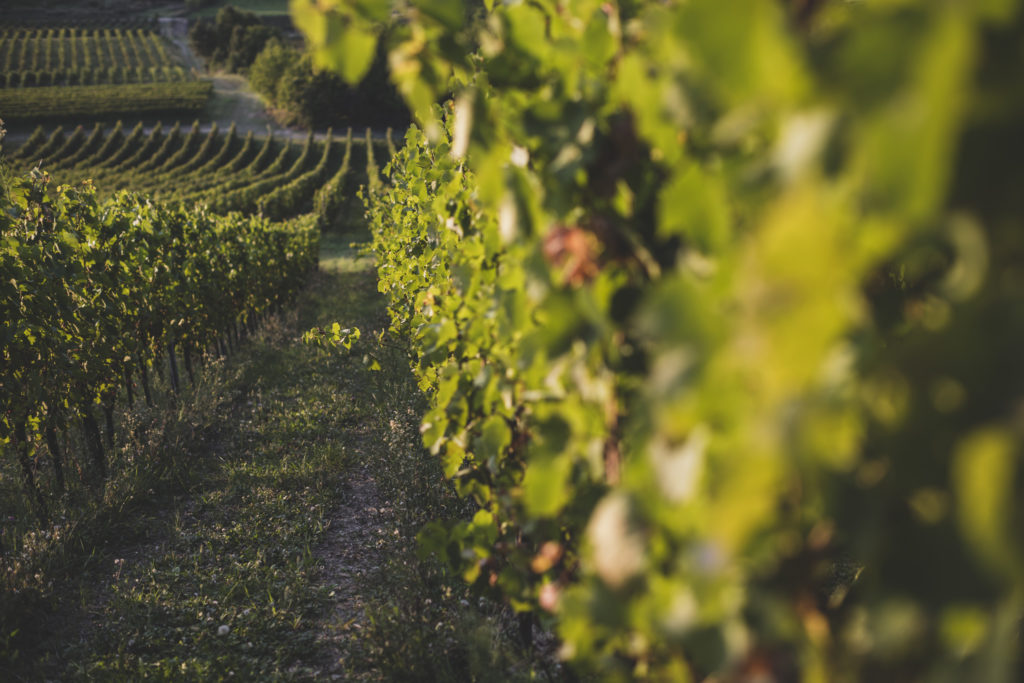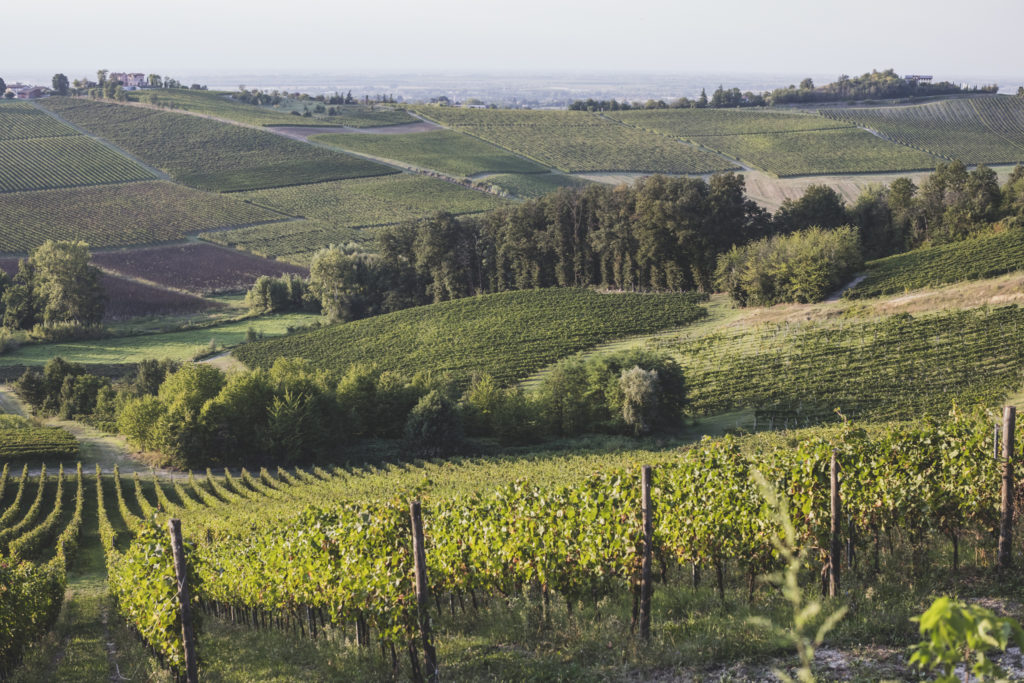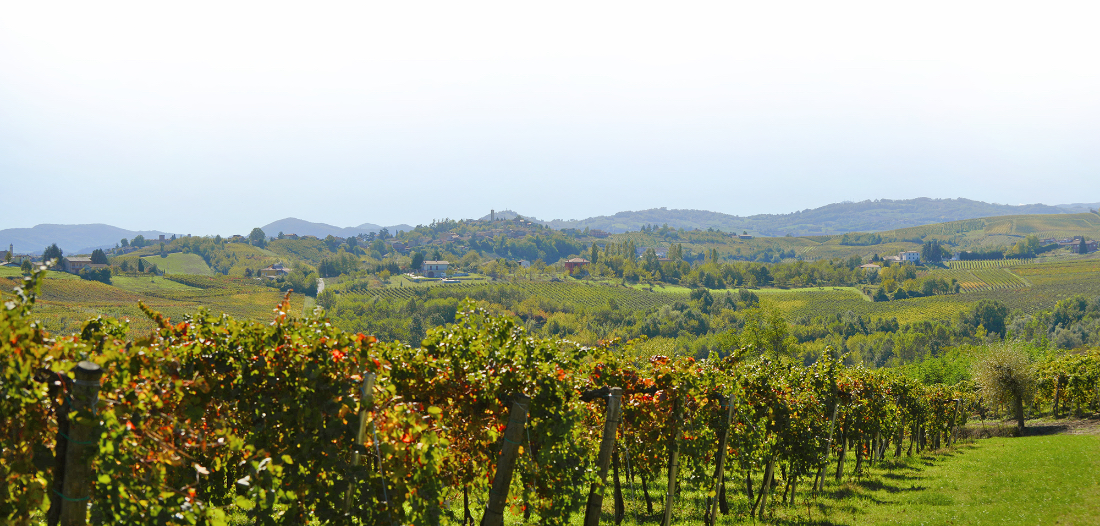
Oltrepò Pavese
The Oltrepò Pavese is located in southwest of Lombardy. The eastern part boasts smooth hills composed of clay and limestone: an attractive characteristic for wine making.
The beginning of wine production is still unknown. However, the discovery of a fossil vine shoot from the pre-romanic period seems to confirm what Plinio, Strabone and Virgilio already stated about wine growing along the Pianura Padana.

The Romans
Certainly the start of winemaking in this area is attributed to the Romans. Notarial documents prove that the Oltrepò Pavese landscape was covered by vines from the VII to the XIV century a.C, At that time it was quite similar to what exists today.
The vineyards were organized in “fundi”, small pieces of self-sufficient land controlled by a “villa” that accomodated the owner house and some other buildings for farming activities. In that period the wine was the highlight of banquets and it was the most valuable good for trade exchange.
During the XVIII century, wine production and wine consumption rose significantly. The end of the 18th century marked a big change in the Oltrepò Pavese property system as the large estates owned by churches and nobles were being dissolved. As a result, many wine growers were able to manage their vineyards independently.
The local grape varietals were Moradella, Croatina, Barbera, Ughetta (Vespolina), Uva Rara and Moscato. Later on, Pinot Noir vines were planted since the terroir was ideal for its growth and soon became the most noble grape in the area. Some ampelography specialists believe that there were already ancestral genotypes of Pinot Noir in the hills of the Oltrepò Pavese.

Pinot Nero
Nowadays, the Oltrepò Pavese is the third largest appellation (d.o.c.) in Italy with 13,500 hectares of vines. Among many varieties of vines, the most important is Pinot Noir.
It is grown over 3000 hectares making it the most important area in Italy and one of the top five in the world.
The presence of this variety explains the strong vocation for sparkling wine production.
The DOCG appellation was obtained in 2007. Not long after the Oltrepò Pavese Metodo Classico was recognized as a DOCG; the focus was put on the Rosé. That focus led to the creation of Cruasé that identifies the Rosé Traditional Method made in Oltrepò Pavese from Pinot Noir grapes.
